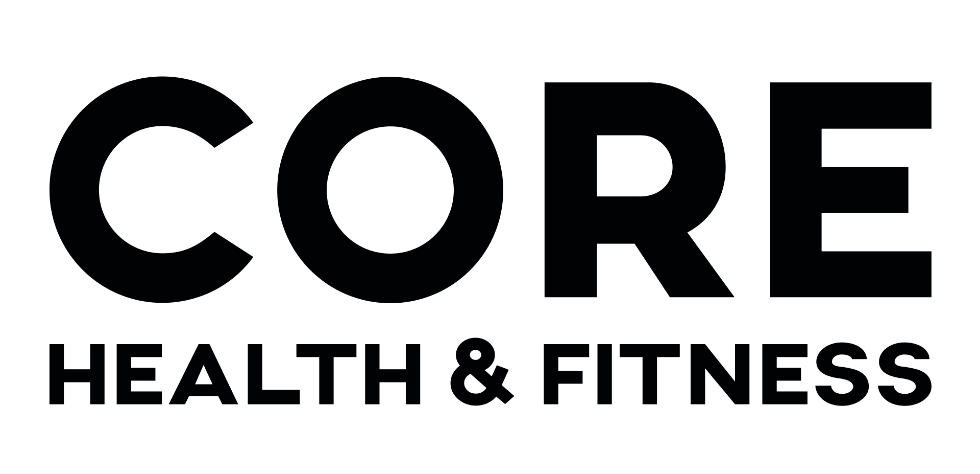For Core Health & Fitness, a close partnership with a 3PL opened the way to a new transportation option that has helped the company win new business.
Based in Vancouver, Washington, Core Health & Fitness produces four well-known brands of exercise equipment: Star Trac, StairMaster, Nautilus, and Schwinn. Founder Michael Bruno acquired those brands over several years and then, in 2015, merged them into a company that provides equipment for all modes of exercise commonly found in a commercial gym, including cardio, high intensity, strength training, and group cycling.
Core Health & Fitness makes its products in a 1-million-square foot facility in Xiamen, China, and a smaller plant in Independence, Virginia. It ships product to distributors and fitness clubs around the world from distribution centers in China, the Netherlands, and the U.S. east and west coasts. Most of the freight that moves from a factory on one continent to a DC on another travels by ship. But customer needs don’t always mesh with the pace of ocean travel.
“Our lead times coming out of Asia run 95 to 105 days,” says Jon Little, vice president of operations at Core Health & Fitness. Unfortunately, health club owners who place orders often require a much faster turnaround, with delivery in as few as 30 days.
“We combat that by making sure we carry safety stock in all our distribution locations,” he says. But when a customer needs a product made to order—perhaps with the gym’s logo on the equipment—that safety stock doesn’t fill the need. In the past, the only other alternative was to ship the equipment via air, which is an extremely expensive way to move bulky exercise equipment.
This was the dilemma that Core Health & Fitness faced not long ago, when the company teamed with a distributor to bid on a contract to supply made-to-order equipment for a large chain of health clubs in Denmark.
“Ocean transportation from Xiamen to Rotterdam takes about six weeks,” says Little. “We needed the equipment there in three.” Air transportation for this order probably would have required two planes, driving the cost sky high.
As the logistics team weighed the alternatives, Little recalled a conversation with the company’s account representative at UPS. Core Health & Fitness first worked with UPS in 2011, when the logistics company’s finance arm, UPS Capital, provided a way to secure a loan with collateral that included product in transit and product in inventory outside the United States. The relationship has since expanded to include several other logistics services.
“UPS is a strategic partner for us,” says Little. The two companies get together every quarter to discuss the state of their relationship, evaluate performance, and look for continuous improvement opportunities.
At a recent meeting, the account rep had mentioned a new UPS service called China-Europe Rail. UPS started offering this intermodal option in 2013, taking advantage of cross-continental rail service that the Chinese government introduced in 2011.
“We started out with full containerload service from China to Europe,” says Michael White, international marketing manager at Atlanta-based UPS. “Then in 2014 and 2015, we evolved the service to go in both directions and also to support less-than-containerload shipments.”
UPS’s China-Europe Rail service currently connects six rail stations in China with two in Germany and two in Poland. “From those rail stations, we connect into multiple trucking networks to facilitate the pickup and final delivery of goods,” White says.
For more information about Core Health & Fitness contact us:







